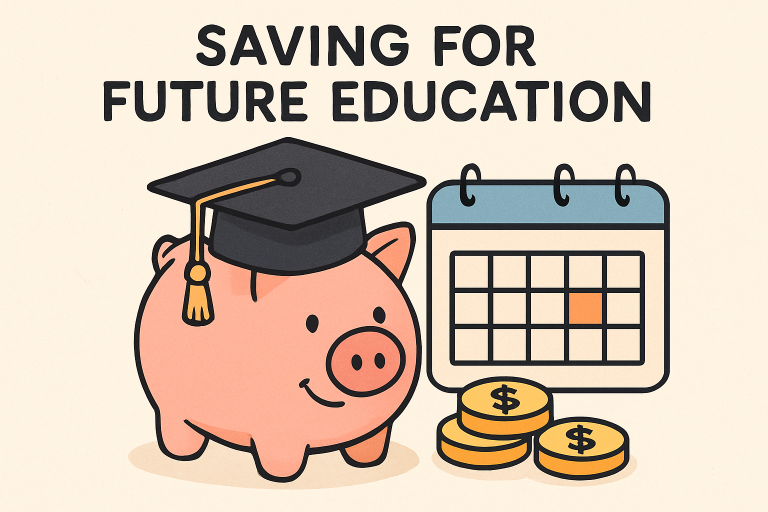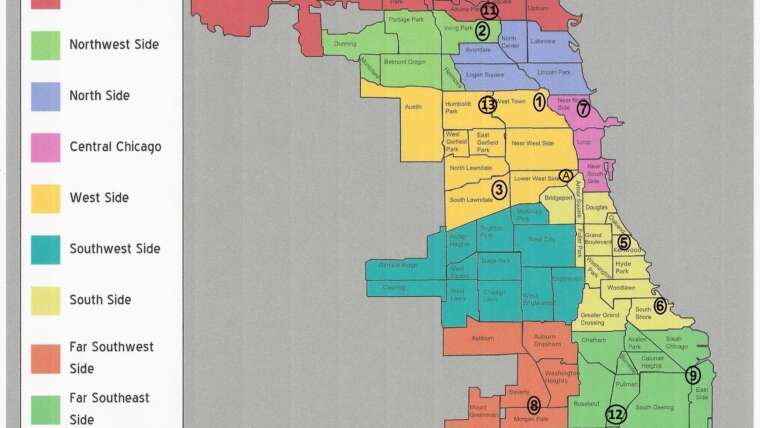Table of Contents
Introduction
When it comes to planning for your child’s education, Registered Education Savings Plans (RESPs) offer more depth than many parents realize. While often mistaken as just another savings vehicle, RESPs are a multifaceted tool that can powerfully influence your financial planning strategy for post-secondary expenses. Families can substantially boost their education savings by leveraging features such as government grants, tax advantages, and diverse investment options. Using an RESP calculator to model different contribution scenarios, estimate how much you might accumulate for your child’s education.
RESPs span far beyond the simplicity of a piggy bank; they create an environment where your savings are supercharged by government initiatives and allowed to grow faster thanks to special tax treatments. With the cost of higher education continually on the rise, maximizing every opportunity becomes essential for parents and caregivers.
Government Grants Enhance Savings
Perhaps the biggest draw of RESPs is their access to government grants. The Canada Education Savings Grant (CESG) stands out, matching 20% of your yearly contributions up to $500 per beneficiary, with a lifetime maximum of $7,200. This extra contribution from the government can be a game-changer, making it possible for families to supercharge their savings in a way that no conventional savings account could. According to the Canada Education Savings Program: 2024 Annual Statistical Review, those who leverage the CESG find themselves with significantly larger education funds than those who don’t.
In addition to the CESG, families with lower incomes may also qualify for the Canada Learning Bond (CLB), which can add up to an additional $2,000 in grants per eligible child. These incentives ensure that education savings are within reach for families of all backgrounds, offering a clear path to financial preparedness for post-secondary costs.
Tax-Deferred Growth Maximizes Returns
The government doesn’t just top up funds inside an RESP—they also grow in a tax-free environment. That means any income earned—from interest, dividends, or capital gains—accumulates without taxing until the funds are withdrawn for educational use. This tax-deferred growth allows contributions and grants to compound more efficiently, resulting in a substantially larger fund when a child is ready for college or university. When money is eventually withdrawn, it is typically taxed by the student, who often pays little or no tax due to credits and a generally lower income during their studies.
This unique tax treatment is a significant advantage, as investments in other accounts—like standard savings or non-registered plans—would otherwise see part of their gains eroded by taxes each year.

Flexible Investment Options
RESPs are more versatile than many realize. While cash savings are a common starting point, account holders can also invest in stocks, bonds, mutual funds, and guaranteed investment certificates (GICs). This flexibility enables you to build an investment strategy that reflects your child’s age and your risk tolerance. A growth-focused portfolio may be ideal for younger children with time to spare, while those nearing high school graduation might prefer safer, fixed-income vehicles to preserve capital.
This variety wards off the “one size fits all” problem and can help parents take more control over the growth of their education savings, rather than settling for minimal interest from basic savings accounts.
Contributions from Family and Friends
One feature that truly sets RESPs apart from other financial products is their flexibility regarding contributors. Anyone—parents, grandparents, other relatives, and even close friends—can add to a child’s RESP, pooling resources for a greater collective impact. This makes the RESP a powerful tool for family gifting, birthday presents, or special milestones, all while supporting the child’s future educational success.
With group gifting programs becoming more popular, the RESP is a focal point for family and community support in a child’s journey to higher learning.
Encouraging Higher Education
A strong educational fund does more than pay tuition—it also sends a powerful message. Studies have shown that children with education savings accounts are significantly more likely to pursue and complete post-secondary education, regardless of their family’s income. RESPs foster a culture of aspiration and forward thinking, reassuring students that finances will not hinder their academic ambitions. This psychological advantage can make all the difference when students weigh their future options.
Addressing the RESP Participation Gap
Despite the compelling features and financial upside, there is a clear participation gap regarding RESPs, particularly among low-income families. Financial literacy is a leading factor: many families aren’t aware of the government incentives or believe they must contribute large sums to benefit. The Canada Learning Bond requires no personal contributions, making it accessible even for those facing economic challenges. Expanding financial education and awareness can help close this gap and ensure more children gain access to higher education without being held back by financial constraints.
Final Thoughts
RESPs offer more than just a means to save for higher education—they deliver government-backed growth, flexible investment opportunities, collaborative contribution potential, and tools to bridge educational opportunity gaps. Making the most of these powerful features can transform not only your child’s financial prospects, but also their mindset around pursuing higher learning—ensuring dreams don’t have to be compromised by financial limitations.


